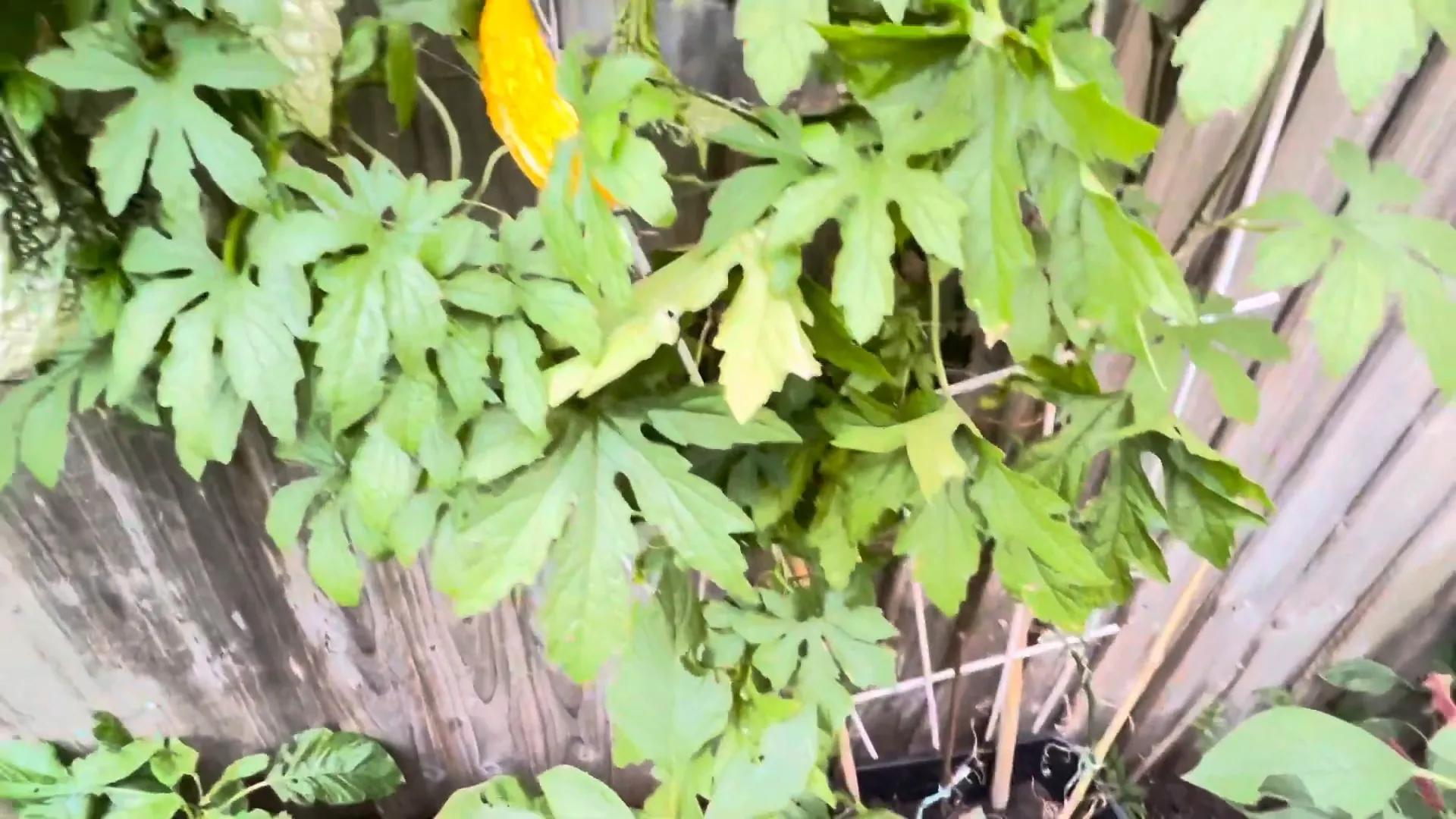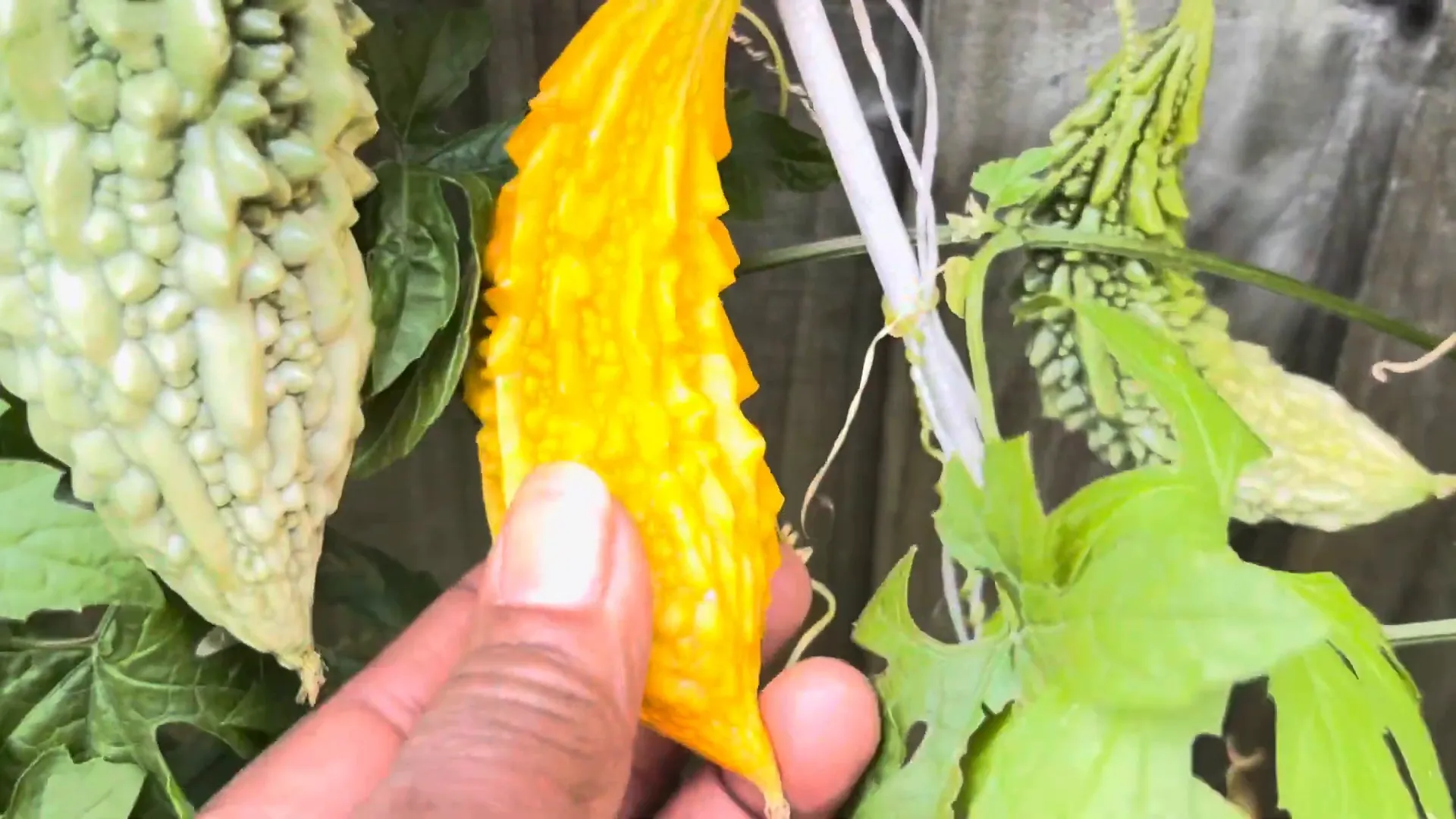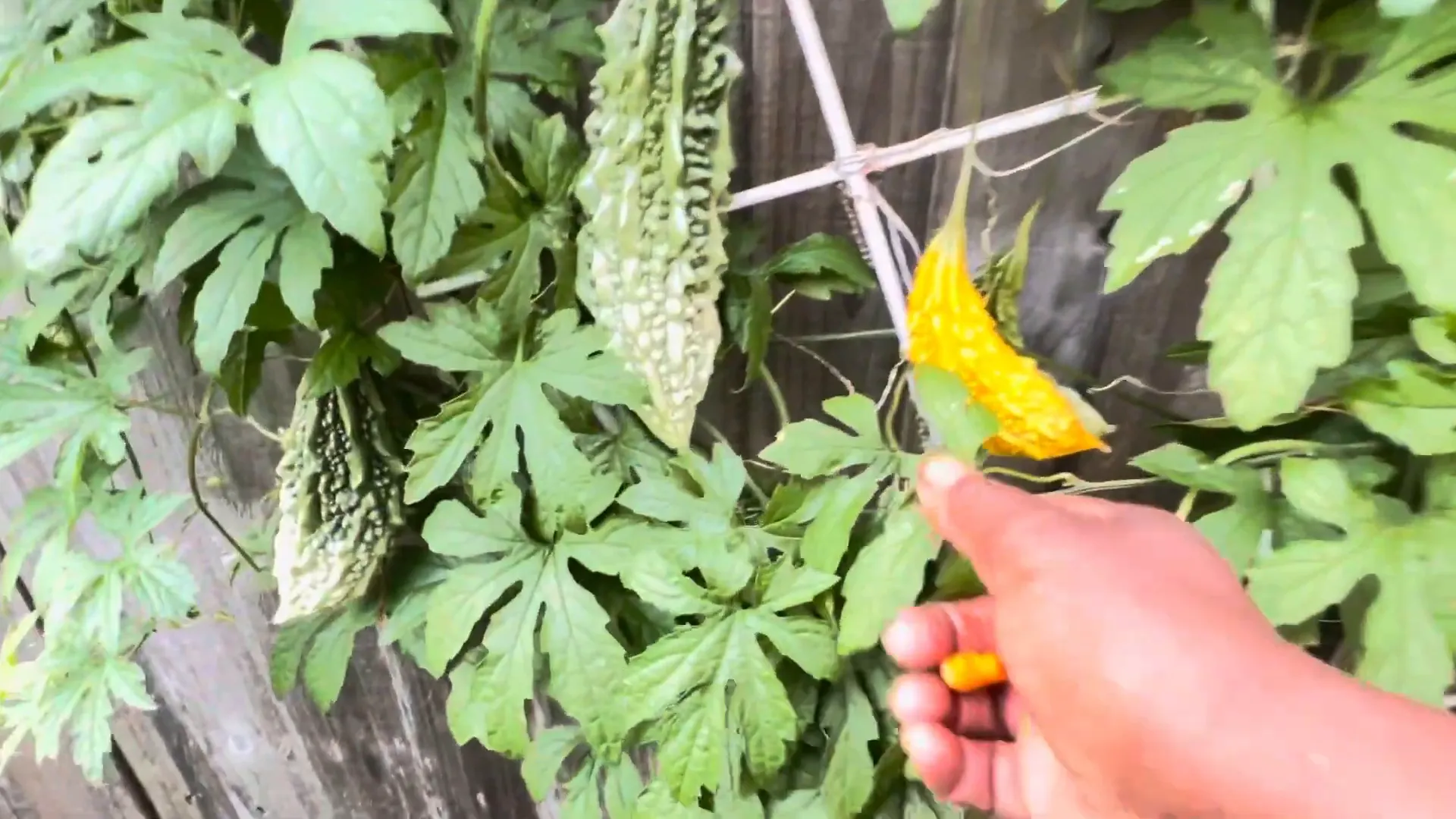Bitter melon, also known as bitter gourd or corella, belongs to the Cersei family and is renowned for its health benefits, particularly for diabetes and blood pressure management. This intriguing vegetable is gaining popularity in various parts of the world, including the UK. In this blog post, we will explore how to grow bitter melon, its culinary uses, and the health benefits it offers.
What is Bitter Melon?
Bitter melon is a tropical and subtropical vine that produces a unique fruit known for its distinct bitter flavor. It is a member of the Momordica genus, and its scientific name is Momordica charantia. The plant thrives in warm climates and is commonly found in Asian, African, and Caribbean cuisines. The fruit is typically green and warty, resembling a cucumber, and is often used in various dishes or consumed as a juice.
Growing Bitter Melon
Growing bitter melon can be a rewarding experience, especially for gardeners looking to expand their vegetable repertoire. Here’s a step-by-step guide on how to cultivate this vibrant plant.
Starting Seeds Indoors
To kick off the growing process, start the seeds indoors about 4-6 weeks before the last frost date in your area. This is crucial, especially in cooler climates like London, where outdoor growing can be challenging.

Transplanting Outdoors
Once the seedlings have developed strong roots and the risk of frost has passed, you can transplant them outdoors. Bitter melon prefers well-drained soil with plenty of sunlight. It’s essential to choose a spot that receives at least 6 hours of direct sunlight each day.
Watering and Care
Keep the soil consistently moist but not overly saturated. Overwatering can lead to root rot, which is detrimental to the plant’s health. Regularly check the soil moisture and adjust your watering schedule as necessary.
Pest Management
While bitter melon is relatively resilient, it’s still important to keep an eye out for pests. Common pests include aphids and spider mites. Natural remedies or organic pesticides can be effective in managing these pests without harming the plant.
Harvesting Bitter Melon
Knowing when to harvest bitter melon is key to enjoying its unique flavor. The fruit should be picked while it is still green and firm, typically when it reaches about 4-6 inches in length. If left too long, the fruit will turn yellow and become overly bitter.

Culinary Uses of Bitter Melon
Bitter melon is incredibly versatile in the kitchen. Its distinct flavor pairs well with a variety of ingredients and cooking styles. Here are some popular ways to prepare and enjoy bitter melon.
Stir-frying
One of the most common ways to cook bitter melon is by stir-frying it. Slice the fruit thinly and stir-fry with garlic, onions, and your choice of protein for a delicious and nutritious meal.
Stuffing
Bitter melon can also be stuffed with minced meat or vegetables and then steamed or baked. This method balances the bitterness with savory flavors, making it a delightful dish.
Juicing
For those looking to enjoy the health benefits directly, bitter melon can be juiced. The juice can be consumed on its own or mixed with other fruits to mellow the bitterness.

Soups and Curries
In many Asian cuisines, bitter melon is added to soups and curries. The bitterness enhances the overall flavor profile of the dish, making it a beloved ingredient in many traditional recipes.
Health Benefits of Bitter Melon
Bitter melon is not just a culinary delight; it also boasts numerous health benefits. Here are some of the most notable advantages of incorporating bitter melon into your diet.
Blood Sugar Control
Bitter melon is well-known for its blood sugar-lowering properties. It contains compounds that mimic insulin, helping to regulate glucose levels in the body. This makes it a valuable addition to the diet of those with diabetes.
Rich in Nutrients
The fruit is packed with vitamins and minerals, including Vitamin C, Vitamin A, potassium, and iron. These nutrients contribute to overall health and well-being, supporting various bodily functions.
Antioxidant Properties
Bitter melon is rich in antioxidants, which help combat oxidative stress in the body. This can reduce the risk of chronic diseases and promote better health.
Weight Management
Incorporating bitter melon into meals may assist with weight management. Its low-calorie content and high fiber levels can promote satiety, helping to curb overeating.
Conclusion
Bitter melon is a fascinating plant that offers a wealth of benefits. From its health advantages to its culinary versatility, it’s a great addition to any garden and kitchen. Whether you’re growing it yourself or purchasing it from a store, consider incorporating bitter melon into your diet for a unique flavor and a boost to your health.
Remember, growing bitter melon is not just about enjoying its taste; it’s about embracing a healthier lifestyle. So, why not give it a try and see how this remarkable vegetable can enhance your meals and health?





0 Comments